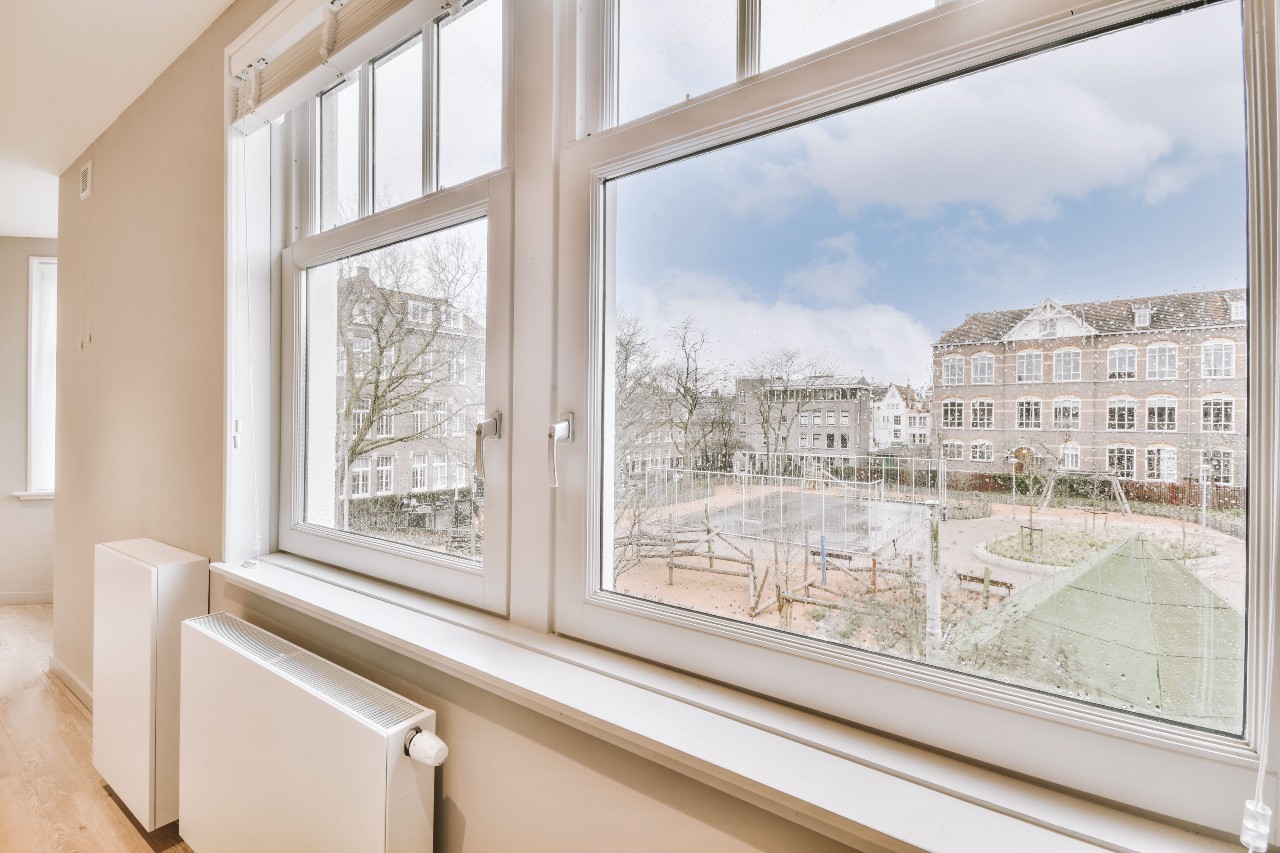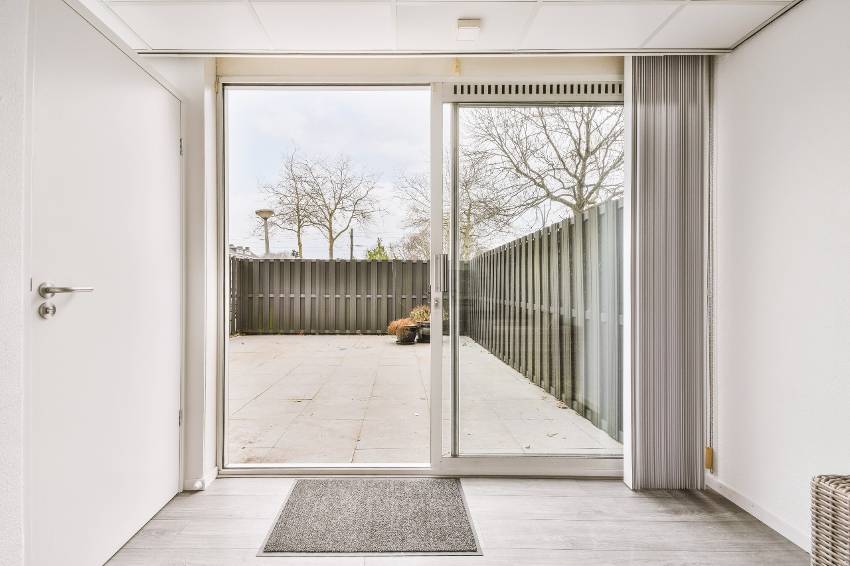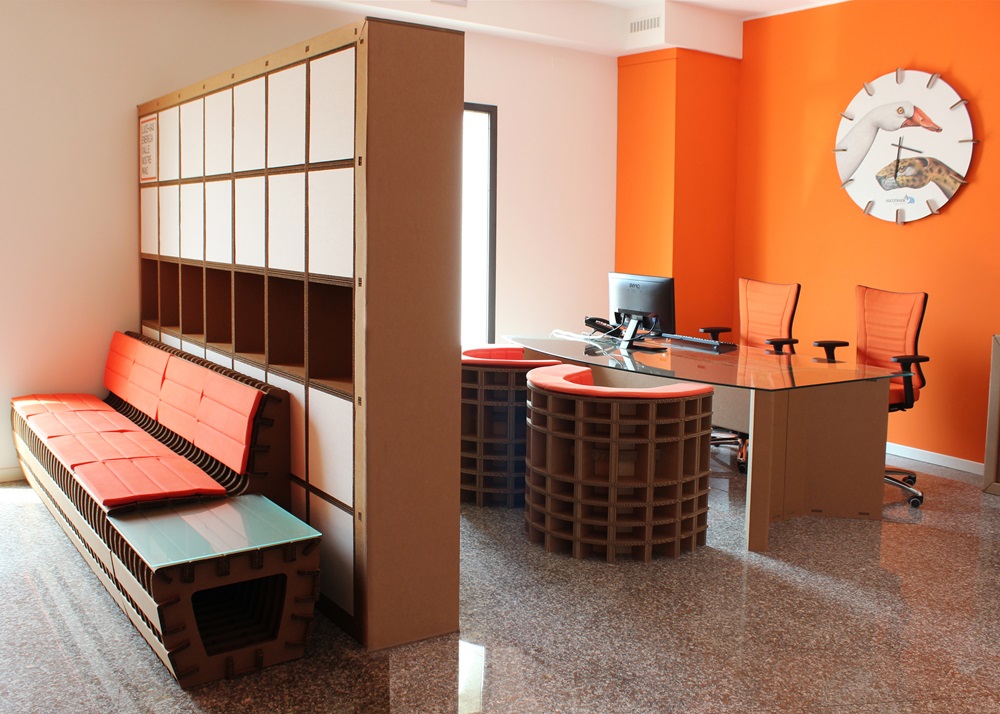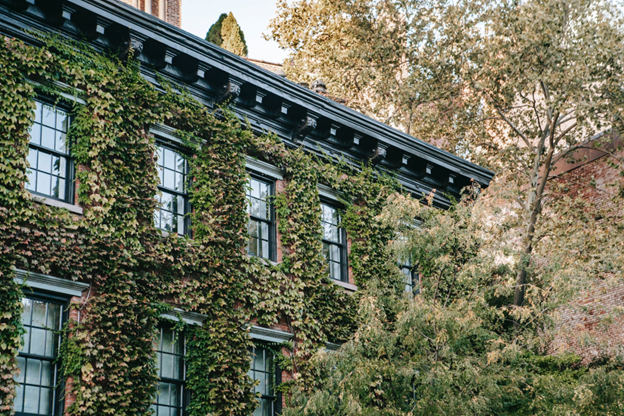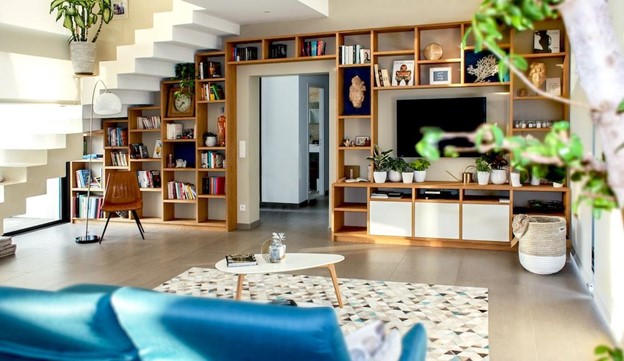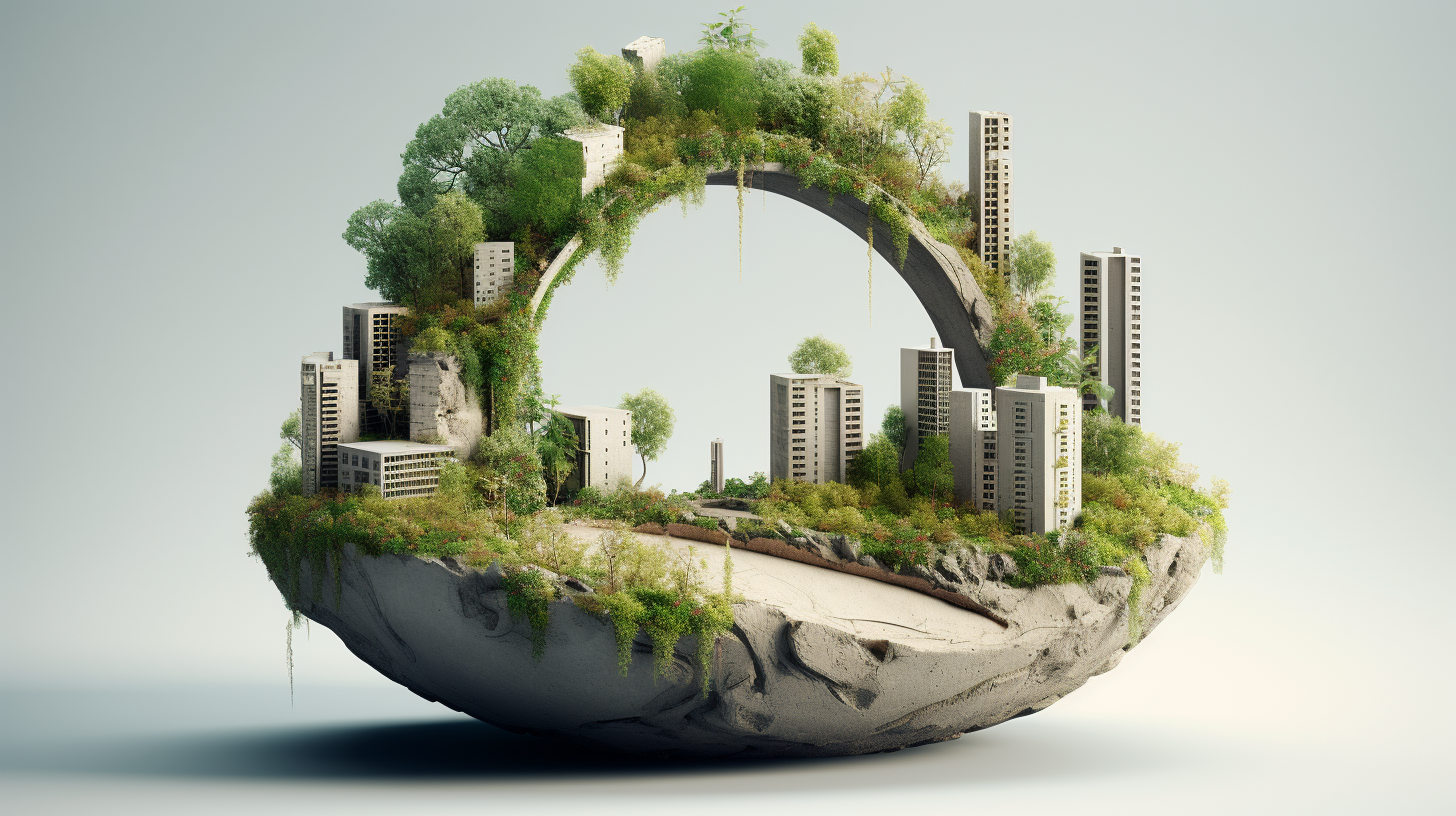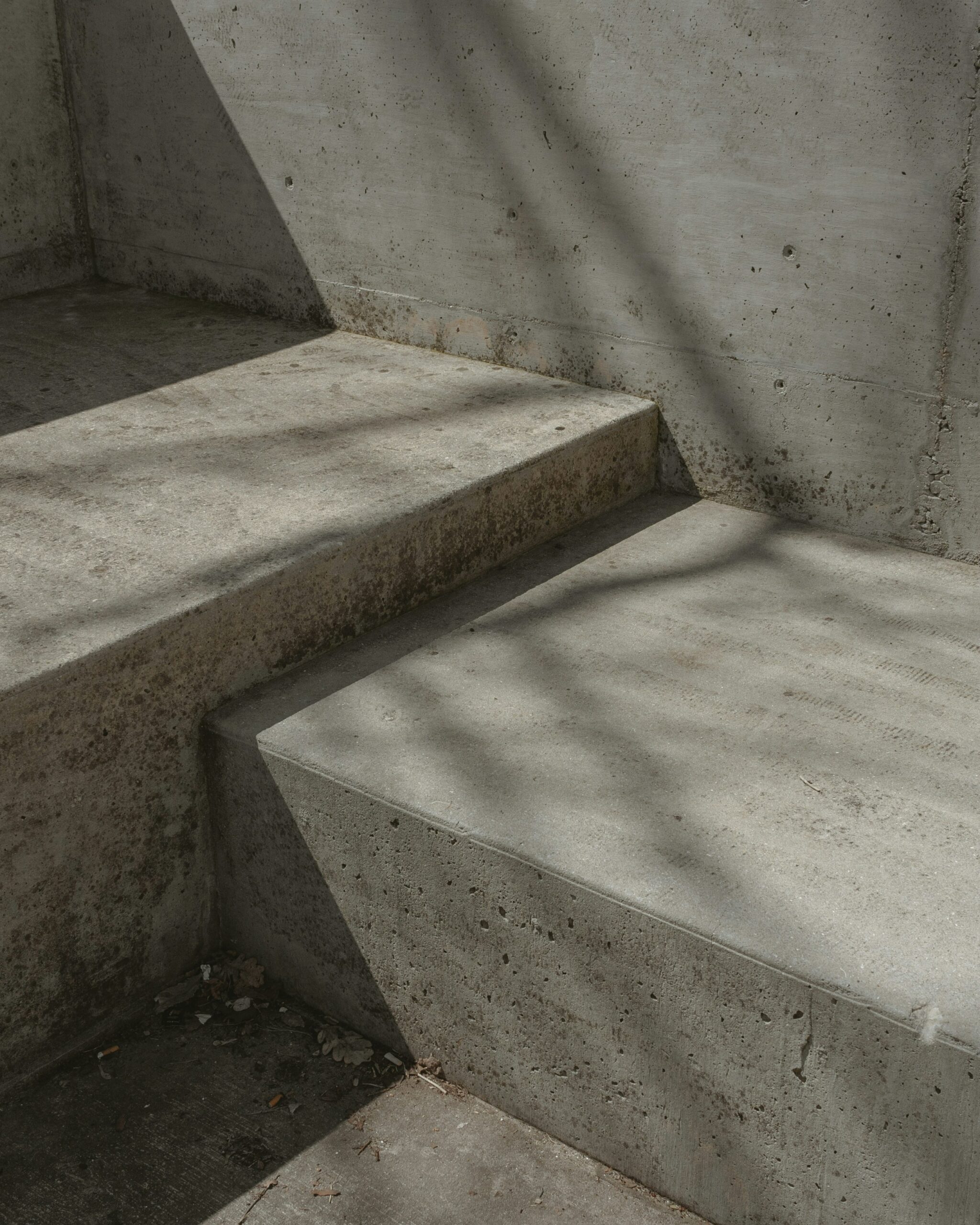Finding a Sustainable House in 2022
Because of the economic meltdown imposed by the COVID-19 epidemic, several new householders have found it impossible to make the necessary modifications. Even though this could be true, most individuals require a new beginning to escape the epidemic rut. Although there’s a desire for a new life, it is still necessary to stick to a plan.
Given the increased demand for environmental protection, houses began to become more sustainable and eco-friendly in 2022.
There are lifestyle decisions you could make once you arrive in your newly bought house, depending on your budget and need for sustainable development. To dig deeper into this, you should first find out what a sustainable house is and what it takes to be considered environmentally sustainable?

What are Sustainable Homes?
A sustainable house is designed or remodeled in a manner that conserves materials, maximizes electricity and water consumption, and uses better features to be more long-standing. Sustainable houses are built using minimal, top-tier resources and are cost-effective to manufacture, transport, and construct. Furthermore, the finest supplies and frameworks consume less since they are more durable and enduring.
To determine whether a home is truly sustainable, consider the following factors:
- Construction and building procedures
- Decoration options
- Insulation, ventilation, and heating
- Illumination
- Electronics
- Fixtures for piping
- Usage intelligent systems
- Renewable power production
- Your routines for routine management, conservation, and environmental cleansing
So, what are some examples of sustainable houses, you might wonder?
Here are some of the most well-known sustainable houses available today and why they are a must-have!
Types of Sustainable Homes
1. Passive House
Passive homes are great examples of sustainable homes as their main goal is to utilize little to no use of electricity at all. To achieve this, they use a variety of construction principles like flowing insulation, top-quality entrances and windows, and airtightness. To minimize the impact on the environment, passive homeowners also enjoy better indoor ventilation and temperature. Passive home insists that it is best to design a passive home with zero or pure positives, generating more energy than your home demands. Passive homes are the best options for the environment and you too.
Say goodbye to the freezing cold winters and burning hot summers because you and your family can enjoy the comfort in your home for the whole year. In addition to this, you can also save more money since less electricity is used. Expect a significant decrease in your bills which can range up to 90%!
2. Shipping Container
Shipping containers are advantageous for various reasons. The modern industrial look of these containers can be spruced up and transformed into something completely different. You can utilize a shipping container home to create a larger space by either stacking it up or piecing them together. These types of containers can also be used for various purposes, such as housing low-income individuals or even a drive-thru. They are also mobile, meaning you can move to different places. It is beneficial for individuals who need to relocate or temporarily explore and visit some places.
However, keep in mind that some are not portable since not all shipping containers have the same size. Shipping containers make use of upcycling, which is regarded as economical and cost-efficient. Rather than throwing away perfectly good metal containers, these could be transformed into sustainable homes, sparing construction workers from using new materials.
3. Tiny Homes
Tiny homes are renowned among sustainable homes today. Living up to their name, they usually range only from 100 to 400 sq. ft., but some may be bigger or even smaller. Similar to shipping containers, they are mobile because they fit on small trailers, enabling the homeowner to move to various locations. These tiny homes are constructed to maximize your limited space with the help of changeable pieces of furniture, multifunctional room, and loft. By using minimal electricity, fewer resources, and less space compared to other homes, proves how tiny homes are sustainable. Most manufacturers even use non-toxic and reused materials, which have less impact on the environment.
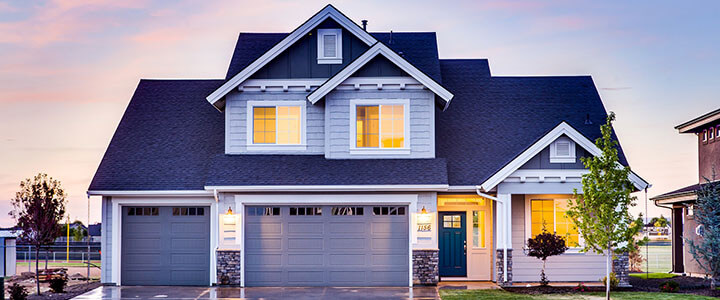
Conclusion
Let’s say that you’ve finally chosen your new sustainable home. Now your next step is to find a conveyancer who will help you move to your new home. They are essential as they will assist with the transfer procedure. They’ll look over your property for faults, restrictions, and agreements. Thus, make sure that you find the best conveyancer so you can transfer efficiently and safely. After this, congratulations!
You can now have a sustainable house that will protect you and the environment.

